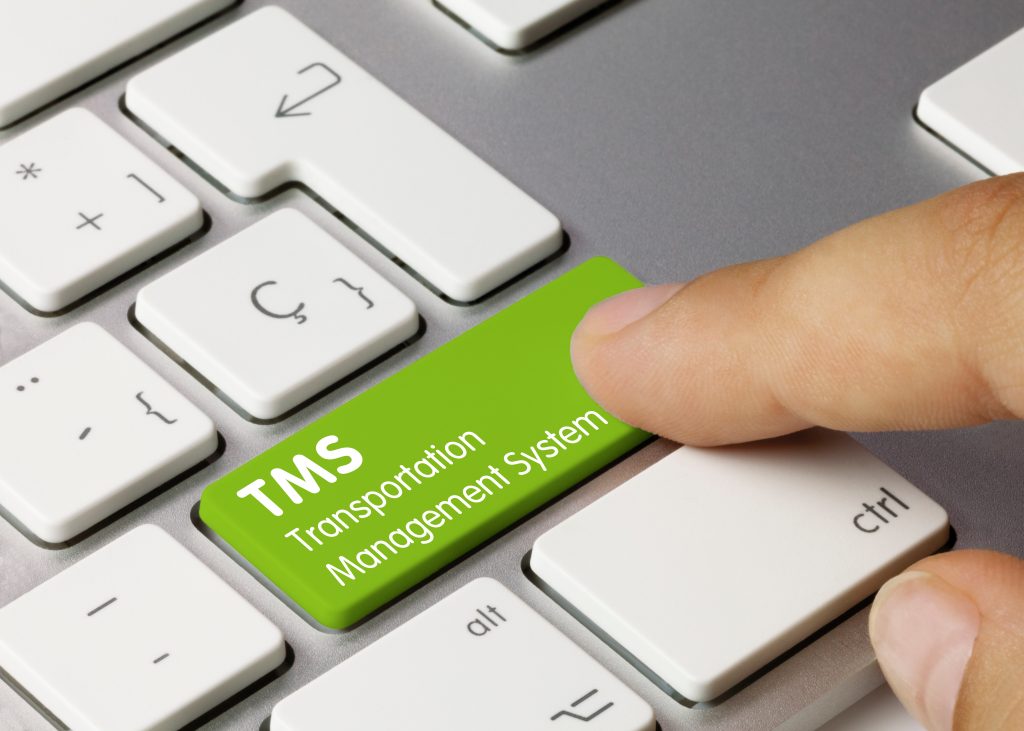The “Evolving Power of TMS”, or Transportation Management System, tells a fascinating tale of the intersection of logistics and technology. From its early days to its current advancements, the evolving power of TMS offers a captivating narrative of how technology can revolutionize an entire industry.
Inception and Early Days
The story of the evolving power of TMS begins in the late 1980s when the first rudimentary systems were introduced. These mainframe-based systems primarily focused on tasks such as order entry and basic operational reporting. Although basic in functionality, they set the stage for the future growth of TMS.
The dawn of the internet in the 1990s signaled the next chapter in the story of the evolving power of TMS. These second-generation systems were more comprehensive and integrated, making TMS a fundamental part of freight operations. This period marked the beginning of the true transformation of the logistics industry.
The Internet Revolution
Entering the new millennium, the evolving power of TMS took a leap forward with the advent of cloud computing. This shift made TMS more scalable and cost-effective, and increased its agility, providing businesses with a powerful tool for managing their supply chains. This era saw TMS integrate with other business systems, leading to more streamlined operations.
The Advent of Control Towers
As technology continued to advance, so did the capabilities of TMS. The introduction of control towers became a game-changer. It provided a central hub from where companies could gain a 360-degree view of their supply chains. The advent of real-time tracking, enabled by GPS technology, added another layer of transparency, leading to improved customer satisfaction and operational efficiency.
The Cloud Computing Era
With the rise of cloud computing, TMS took another leap forward. The cloud allowed TMS to become even more accessible and scalable, freeing businesses from the constraints of on-premise solutions. This innovation reduced costs, enhanced system reliability, and enabled faster updates and improvements.
The Age of Artificial Intelligence
In recent years, TMS has begun leveraging artificial intelligence (AI) and machine learning to further streamline supply chain operations. These technologies enable predictive analytics, capacity forecasting, and real-time decision-making, setting the stage for the next generation of TMS.
Today, we witness the evolving power of TMS in its most advanced form yet, driven by technologies such as artificial intelligence and machine learning. These advancements empower TMS to analyze vast amounts of data, make accurate predictions, and even autonomous decisions, enhancing the efficiency and effectiveness of logistics operations.

The future of TMS is filled with immense potential. The integration of cutting-edge technologies like the Internet of Things (IoT) and blockchain promise to make logistics operations more transparent, efficient, and secure. The potential of AI in creating self-regulating and self-optimizing systems shows how the evolving power of TMS will continue to shape the future of the logistics industry.
According to Grand View Research, the global TMS market size is expected to reach USD 4.89 billion by 2025, reflecting the increasing demand for effective supply chain management. This growth will be driven by factors like growing e-commerce, the necessity for efficient operations, and rising globalization.
TMS has come a long way since its inception, and the journey is far from over. With new technologies on the horizon, the future of TMS looks more promising than ever. By offering increased visibility, efficiency, and intelligence, TMS will continue to be a crucial tool for successful supply chain management.
In conclusion, the journey of the evolving power of TMS encapsulates the ongoing transformation of the logistics industry. From its humble beginnings in the 1980s to its current state-of-the-art form, and the exciting possibilities it holds for the future, the evolving power of TMS remains a key driver of innovation and efficiency in the logistics industry. As we look to the future, it’s clear that the evolving power of TMS will continue to lead the way.

